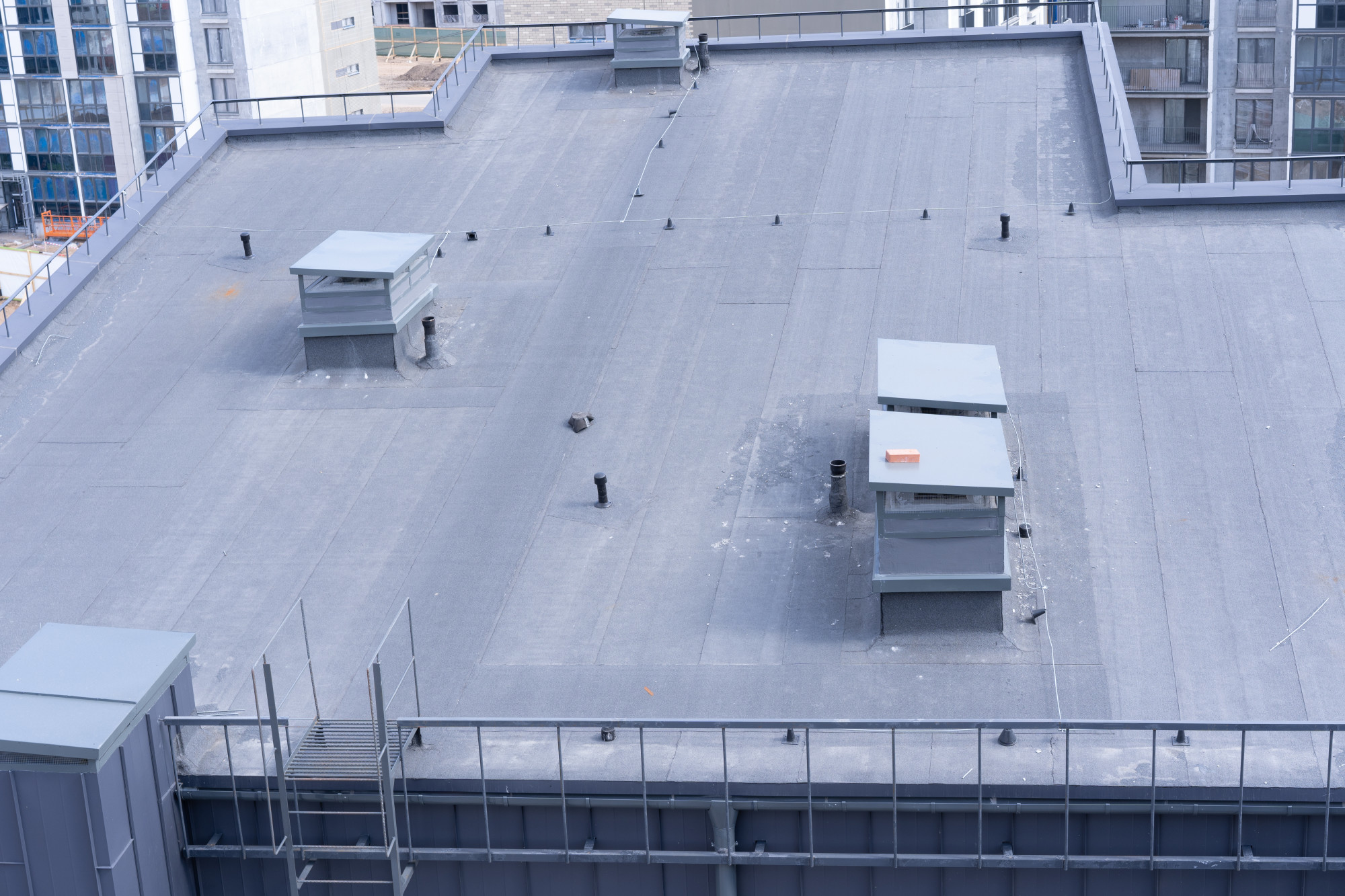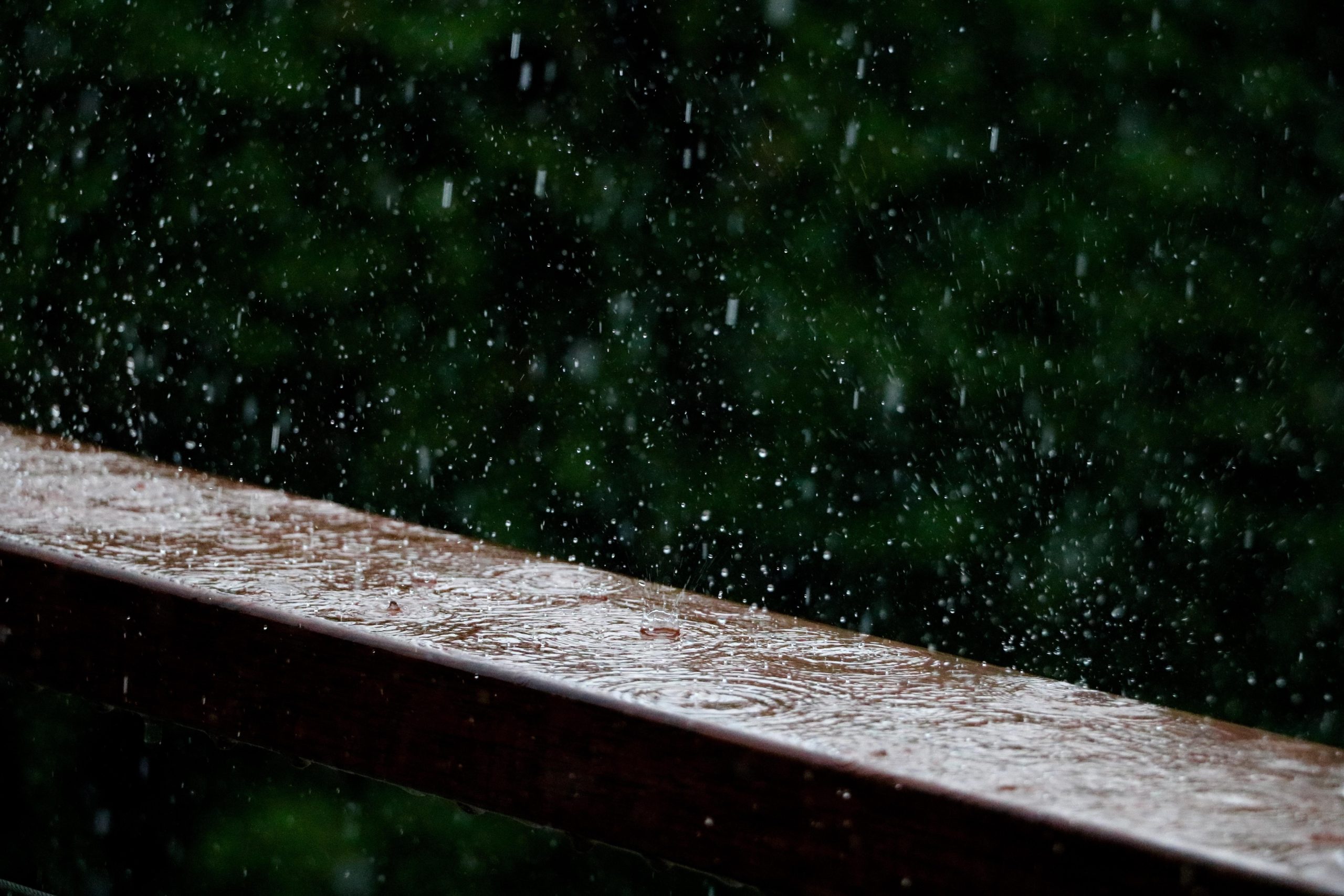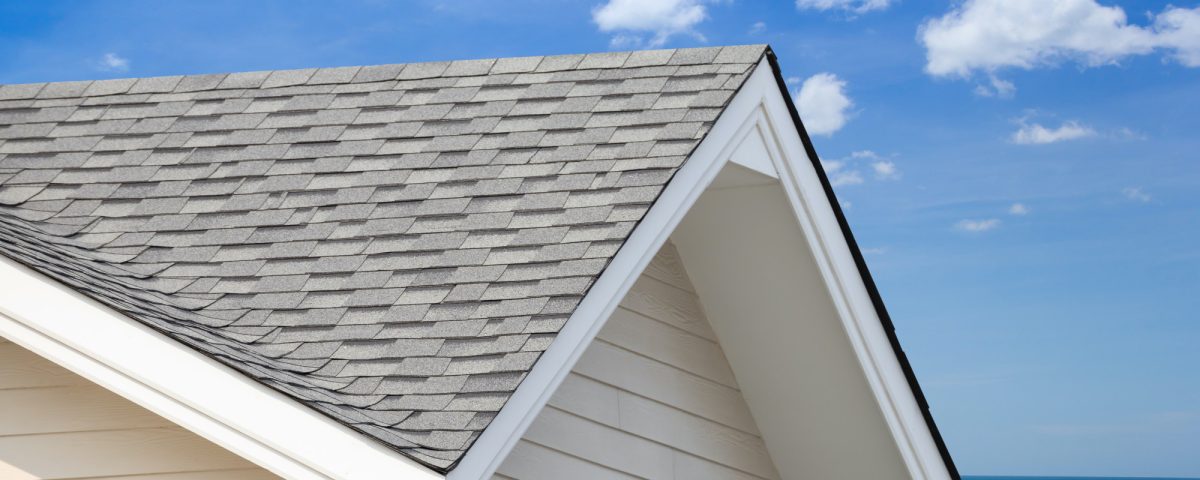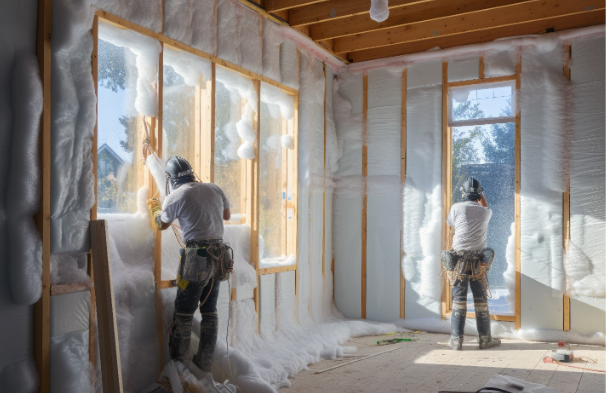
The Reason Why Commercial Buildings Have Flat Roofs

Keeping Your Business Dry: How to Waterproof Your Roof
More than $145 billion of damage was inflicted on businesses after significant storms in the United States in 2021. And that number continues to climb as business owners realize that the commercial roofs they thought were waterproof are ready for repair or replacement.
So you’re probably asking: How do I know if I need a new roof?
Well, the most obvious answer is if you see daylight when you look up, but there are other, more subtle ways to evaluate your need for a new commercial roof.
Furthermore, you may find that your current roofs for your commercial buildings are not comprised of the proper roofing materials for ever-increasing storm activity.
In the following article, we’ll discuss the warning signs for replacing a roof and profile some types of roofing you may want to select for your commercial property.
How Do I Know if I Need a New Roof?
Again, the most obvious answer to this question is water streaming into your building or if you can see the outside from the inside. However, the answer becomes more nuanced once you put that situation aside. Most commercial roofs are pitched to a drainage system and made of a waterproof membrane topped with an impervious surface like asphalt sheeting. Your roof may also have a TPO, PVC, and EPDM system.
One way to determine a problem with your roof is if, upon inspection, you see bubbles in these products.
Bubbling Issues
Bubbling is caused by moisture or air trapped in the waterproof membrane. Sadly, the most common reason for bubbles forming your roof is faulty installation or poor ventilation.
Both of these issues are preventable and directly related to your installer’s quality and thoroughness.
You should tackle these bubbles or blisters as soon as you notice them. You can expect rot and leaks to spring up soon if left unattended.
Flashing and Pitch Pans
Any item that juts out from your roof requires a pitch pan or flashing. You need these items for air conditioners, vent fans, skylights, and vent pipes.
Your pitch pans and flashing diverts water away from the sharp angles. You’ll also need these items where a verticle angle meets the flat roof. These items can wear out and become damaged from high winds, debris, or high-speed particulates.
A leak in these areas might seem minor, but with almost all situations with unchecked water, the leak will get worse the longer it goes unchecked.
Roof Rot and Lifespans
Cracks, pot hole-like divets, and torn membranes are all signs that your roof is starting to wear away. You may find this rot due to an unusual increase in pounding rain or wind. Also, your roof may have reached the end of its expected lifespan.
It is no understatement to say that many people needing a roof replacement have reached this point due to the product exhausting its ability to work effectively. In other words, the roof has done its job; it’s just ready to be replaced.
As you consider replacing your roof, you should ask your installer if your system (TPO, PVC, and EPDM) is the best roofing option for your area or building type.
Need an Inspection?
You shouldn’t feel you need to answer the question “how do I know if I need a new roof?” by yourself. You may have bubbling or roof rot and not even know it. That’s why having a roofing professional inspect your building is crucial to keeping the structure dry and sound.
Do you need the consultation of a roofing expert? Contact us today to get started.


